Bioindicator Species: Types and Examples
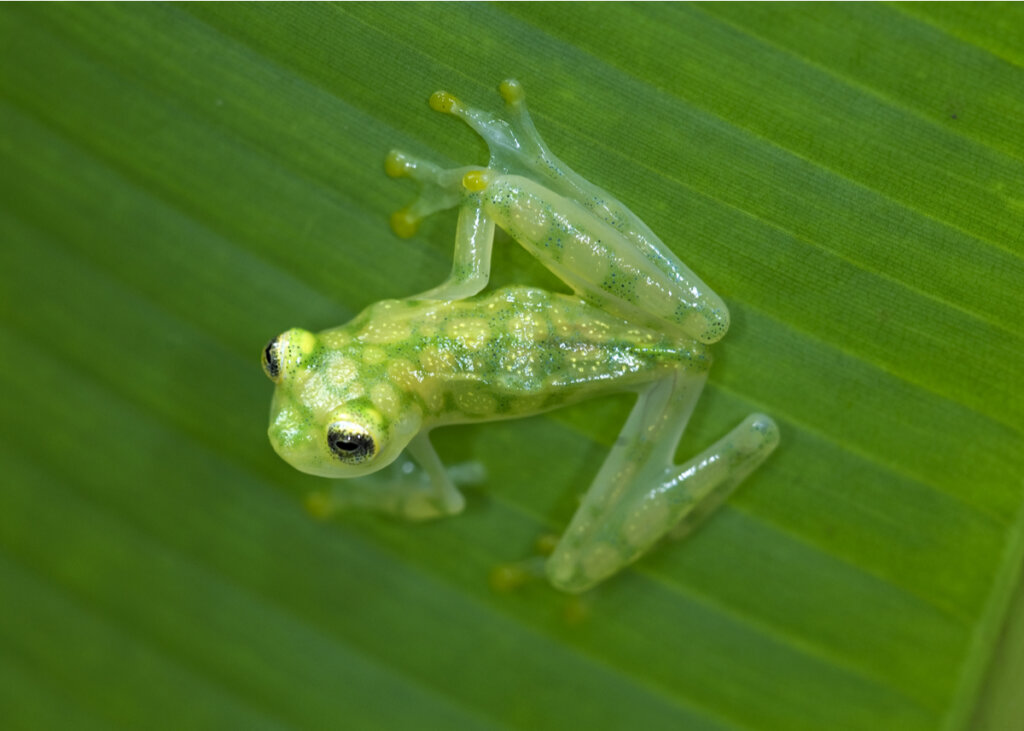
The numerous changes that are currently produced in ecosystems, due, among other things, to atmospheric pollution, deforestation, or eutrophication of waters, cause variations in the different ecological niches of the planet. Thanks to bioindicator species, they can be quantified.
These variations can be analyzed by physicochemical methods that can give some relevant information. What isn’t obtained with this technique is information on how these changes affect living beings. In order to do this, bioindicator species are used, and here we’ll tell you everything about them.
What are bioindicator species?
Bioindicator species are all living beings and their communities which are capable of responding to different environmental alterations. These changes can occur at both a physiological and behavioral level and by the accumulation of pollutants. They can provide information on the ecological characteristics of the environment or the impact caused by certain processes.
Characteristics of the bioindicator species
Before starting a study with bioindicators, it’s necessary to carry out a pre-evaluation to select the species that best react to the type of environmental problem, and its geographical and temporal extension. For this, the living beings used have to meet a series of requirements, among which are the following:
- Being especially sensitive to the disturbance of different environmental factors.
- Being simple to study and well known to science.
- Found abundantly in all possible habitats.
- It should be possible to measure their response to stress.
- It should be representative of the entire ecosystem, to the greatest extent possible.
If individuals from a specific population are used as bioindicators, their age and genotype must be taken into account. In addition, it’s necessary to verify that other environmental factors don’t interfere with the study and the calculations. In order to ensure this, physicochemical studies of the environment can be carried out.
What are bioindicator species for?
Bioindicator species are especially useful in these three situations:
- When the environmental factor can’t be measured – for example, to reconstruct past environmental factors, also known as paleo
- In biomonitoring – when the indicated factor is difficult to measure
- When the environmental factor is difficult to interpret.
Therefore, bioindicators are used mainly in the following cases:
- To assess the effects of toxins. Bioindicator organisms can be useful to predict future damage after a toxic spill and can even represent the harmful effects of chemicals with their own physiology.
- To evaluate the impact of human activity. The absence, presence, or changes in certain species when an impact occurs in an ecosystem allows us to evaluate the effect in that specific area.
- To warn of environmental changes. The sensitivity of bioindicator species provides early information on environmental changes, allowing an anticipation of the possible consequences of a specific event.
- To assess species richness. The complexity of ecosystems and trophic relationships often makes it difficult to assess changes in species richness, but, with bioindicators, the data obtained can be extrapolated to the diversity of the environment.
It must be taken into account that, on many occasions, a single species, no matter how representative it may be, cannot be extrapolated to the entire biome of the place. This needs to be taken into account when interpreting the data.
Types of bioindicator organisms
We can classify bioindicators in multiple ways. One of them is through the medium that is studied. Below, we’ll cover all possible species with these characteristics.
Soil bioindicators
The several human activities related to urban planning and the exploitation of resources have generated many variations and impacts on the soil. As a consequence, habitats have been lost, hydrography and erosion have been altered, and many substrates have been contaminated. Three bioindicator organisms stand out for the evaluation of these impacts:
- Fungi: These organisms are used to study mainly the radioactivity of the soil. Fungi accumulate radionuclides in their tissues, which can then be transferred to other food chains such as rodents or humans. For this reason, quality studies of their tissues are carried out, in order to check if they have an accumulation of radioactivity.
- Mites: Mites are abundant, representative, and easy to collect. They’re sensitive to multiple pollutants and, thanks to their wide geographical distribution, they allow an easy comparison of their response in different ecosystems. Normally, they’re very sensitive to insecticides that cause population decline.
- Springtails: These are some of the most important fauna groups on the ground. Their high number, diversity, abundance of species, and activity make them excellent bioindicator species. The exposure of these organisms to acids, heavy metals, nitrogenous compounds, and pesticides causes their decrease, both in abundance and in species richness.
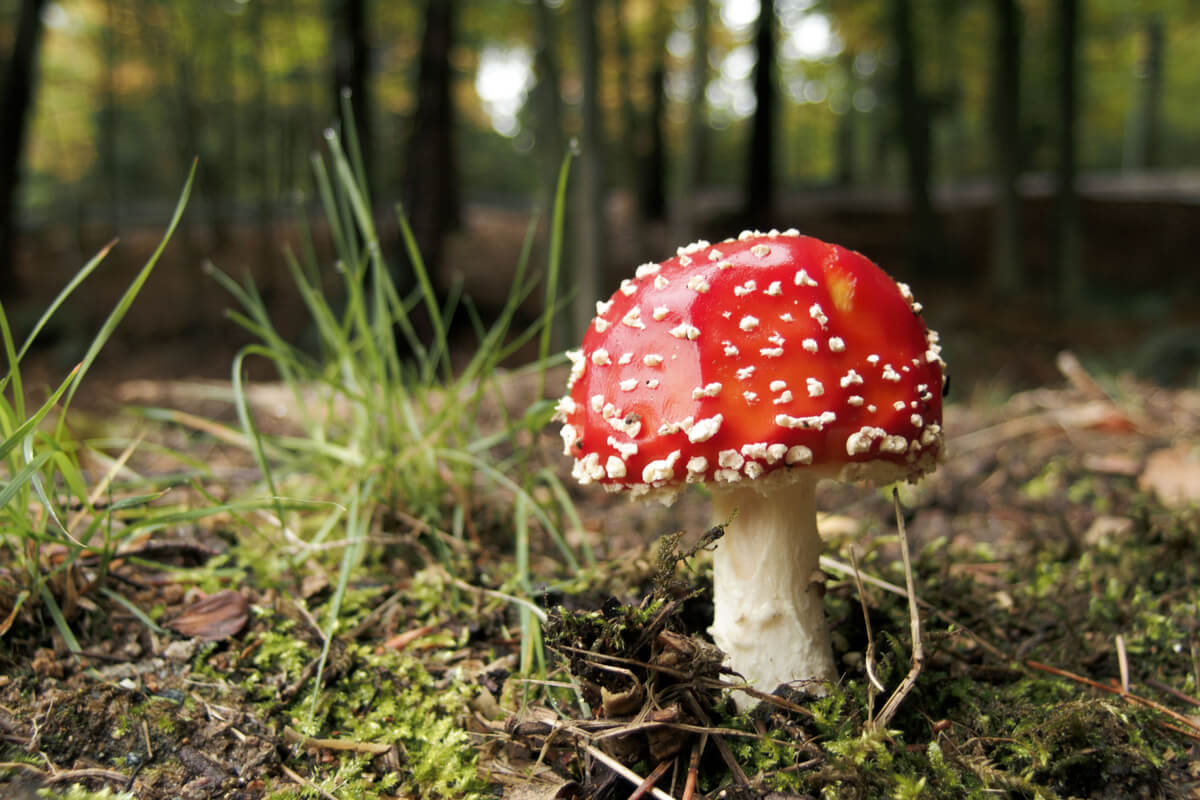
Water bioindicators
Anthropic pollution influences the distribution and growth of aquatic species, in addition to climatic, geographical, and symbiotic factors. The following bioindicator species stand out on this front:
- Fish: When the environment in which they live changes, fish can show ethological, morphological, physiological, biochemical, and molecular changes caused by the stress generated by environmental conditions. They’re very sensitive to these changes, and often end up dying or disappearing. The presence of trout and salmon in a river indicates ecosystem health.
- Amphibians: These animals are very sensitive to both droughts and any pollutant. Because they have permeable skin, pollutants, acid rain, fertilizers, and insecticides are absorbed and accumulate in the body very easily. That’s why they are one of the main species to disappear when their ecosystem changes.
- Insects: Among the macroinvertebrates that live in water, insects are one of the most suitable biological groups to determine the quality of the ecosystem. Qualities such as their sensitivity to pollutants, quick reaction to changes, and the fact that they take advantage of practically all available habitats make them a great study group.
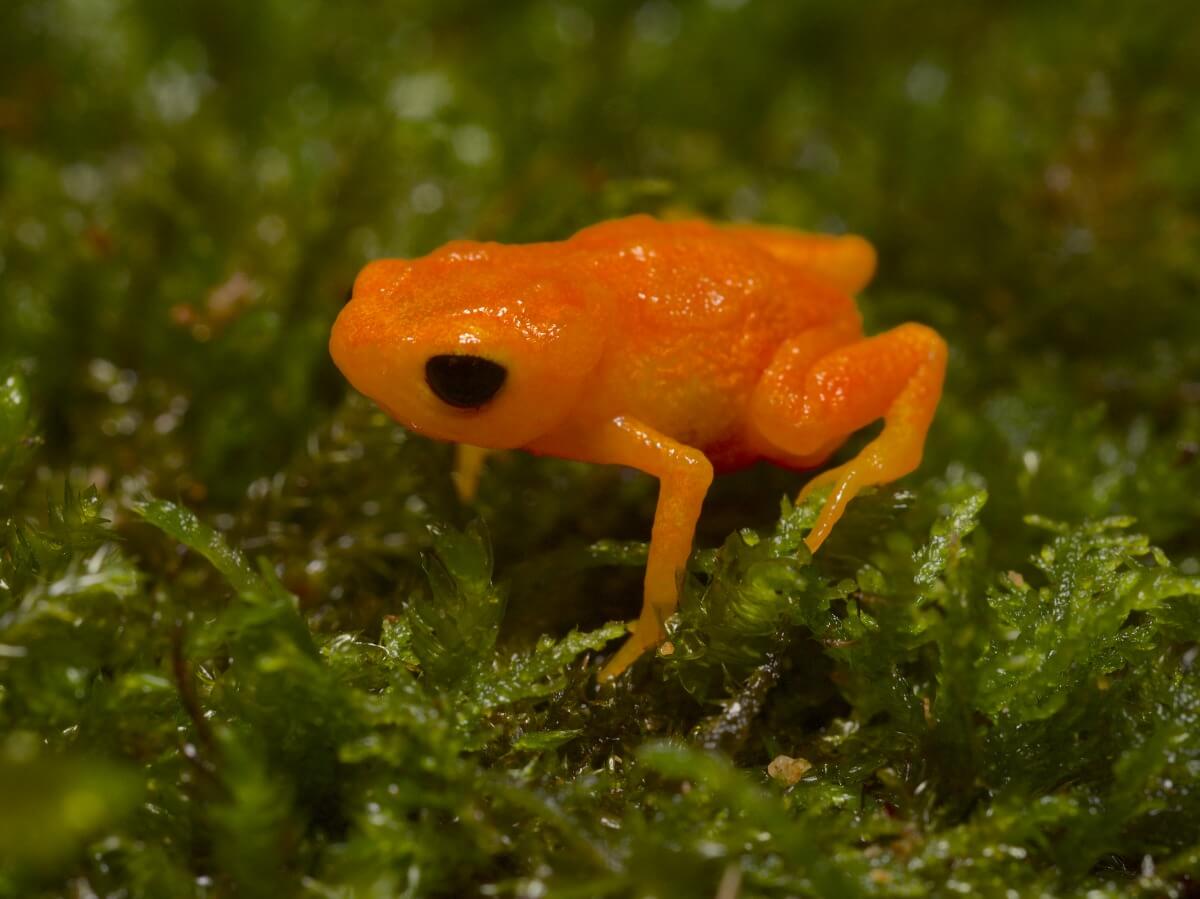
Air bioindicators
Air pollution is one of the biggest environmental problems today. Being able to check air quality is essential for the proper functioning of ecosystems and human health. Some bioindicator organisms that are used are the following:
- Bees: Bees are key species in ecosystems. Different studies have shown that they show the effects of climate change and habitat fragmentation. In addition, they’re used to monitor the presence of environmental contamination, heavy metals, radioactivity, industrial waste and pollutants, pesticides, and herbicides.
- Lichens: Lichens are symbiotic relationships between an alga and a fungus. Because they get most of their nutrients from the atmosphere, they’re very sensitive to changes in the air. One of its main causes of disappearance is sulfur dioxide, which causes acidification of the environment.
- Geckos: These reptiles are good bioindicator species, as they tend to accumulate toxic substances from the air derived mainly from their diet. Some of these elements are Cd, Se, As, Pb, among others. In addition, there’s usually a lower abundance of individuals in contaminated areas, due to the decrease in fertility.
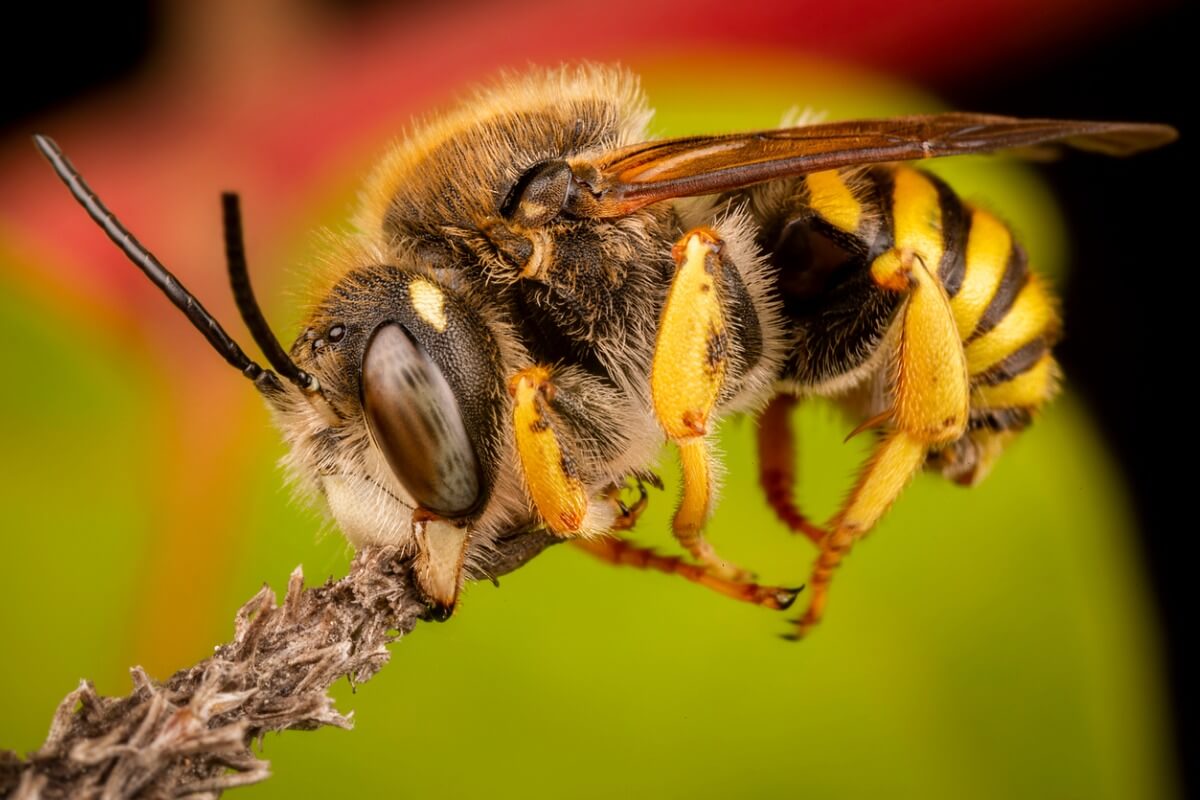
Examples of bioindicators
According to the different applications of bioindicators, we can distinguish three categories:
- Ecological bioindicators: Species known to be sensitive to pollution, habitat fragmentation, or other stresses. The response of the indicator is representative for the community.
- Environmental bioindicators: Species or groups of species that respond predictably to environmental disturbances or changes.
- Bioindicators of biodiversity: The species richness of an indicator taxon is used as an indicator of the species richness of a community. It can also be through measurable parameters of diversity such as endemism, genetic parameters or specific parameters of the population.
Many bioindicator organisms can be ecological, environmental and biodiversity indicators at the same time, so they aren’t exclusive categories. Let’s see some specific examples to close the topic.
Otters
These carnivorous mammals of the Mustelidae family inhabit practically the whole planet. They feed mainly on fish and crustaceans, and so they’re one of the main primary predators of aquatic ecosystems.
It has been proven that when the ecosystem is greatly disturbed, otters leave their territory. This can also be linked to the decrease or loss of quality of their food.
In addition, studies have been carried out through their feces to check the amount of heavy metals and other substances, which can end up in their bodies due to bioaccumulation in the food chain. These droppings are capable of reflecting in a fairly precise, simple, and fast way the quality of the waters the otters live in.
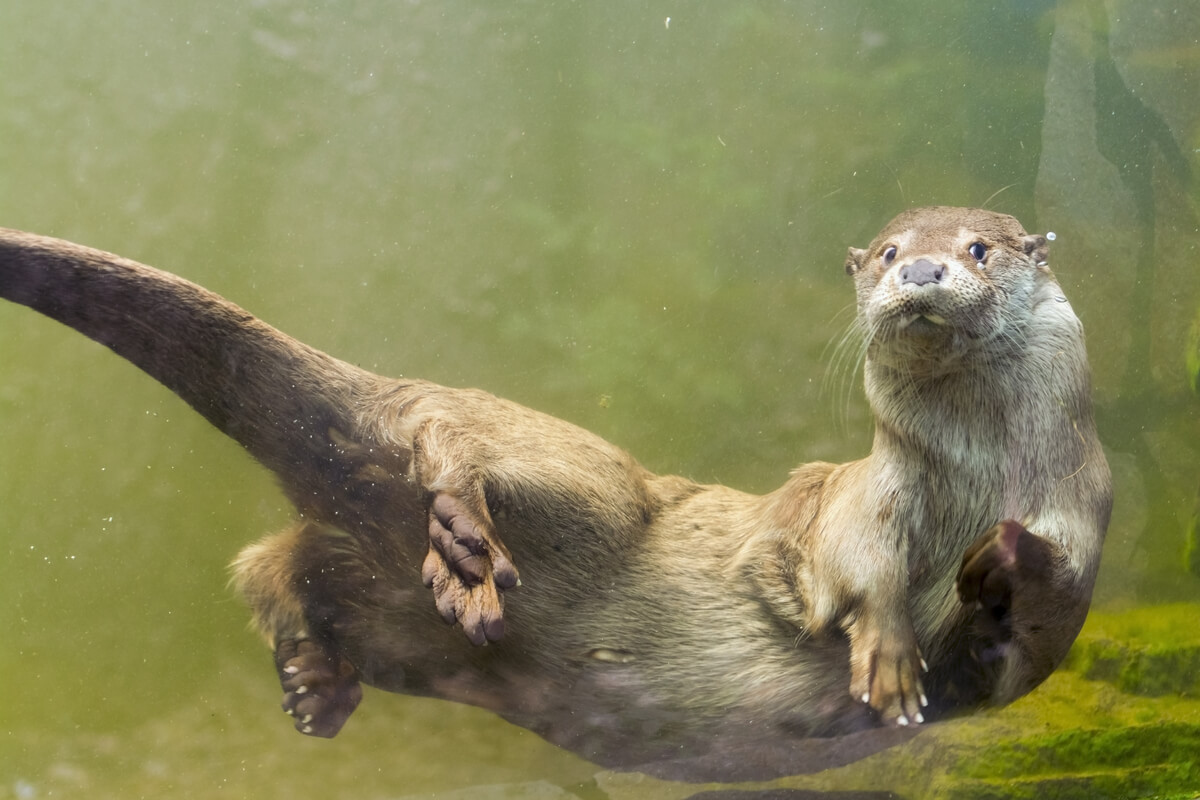
Beetles
These insects can be great bioindicator organisms. Depending on the family and the species, they can provide us with different relevant information about ecosystems.
Dung beetles, which feed on feces, are highly sensitive to fragmentation and transformation of forests. In turn, they can also help assess the restoration processes of ecosystems.
Scolithine beetles (Scolytinae) are an important pest that arises when there are prolonged periods of drought in the ecosystem. These insects can predict a change in the environment due to climate change and possible desertification. Apart from these, there are multiple species that appear with drought.
Another good example is the alpine beetles, which are very sensitive to changes in temperature and often have endemisms. These beetles increase in height as the temperature rises, or in the case of aquatic beetles, it can lead to their disappearance.
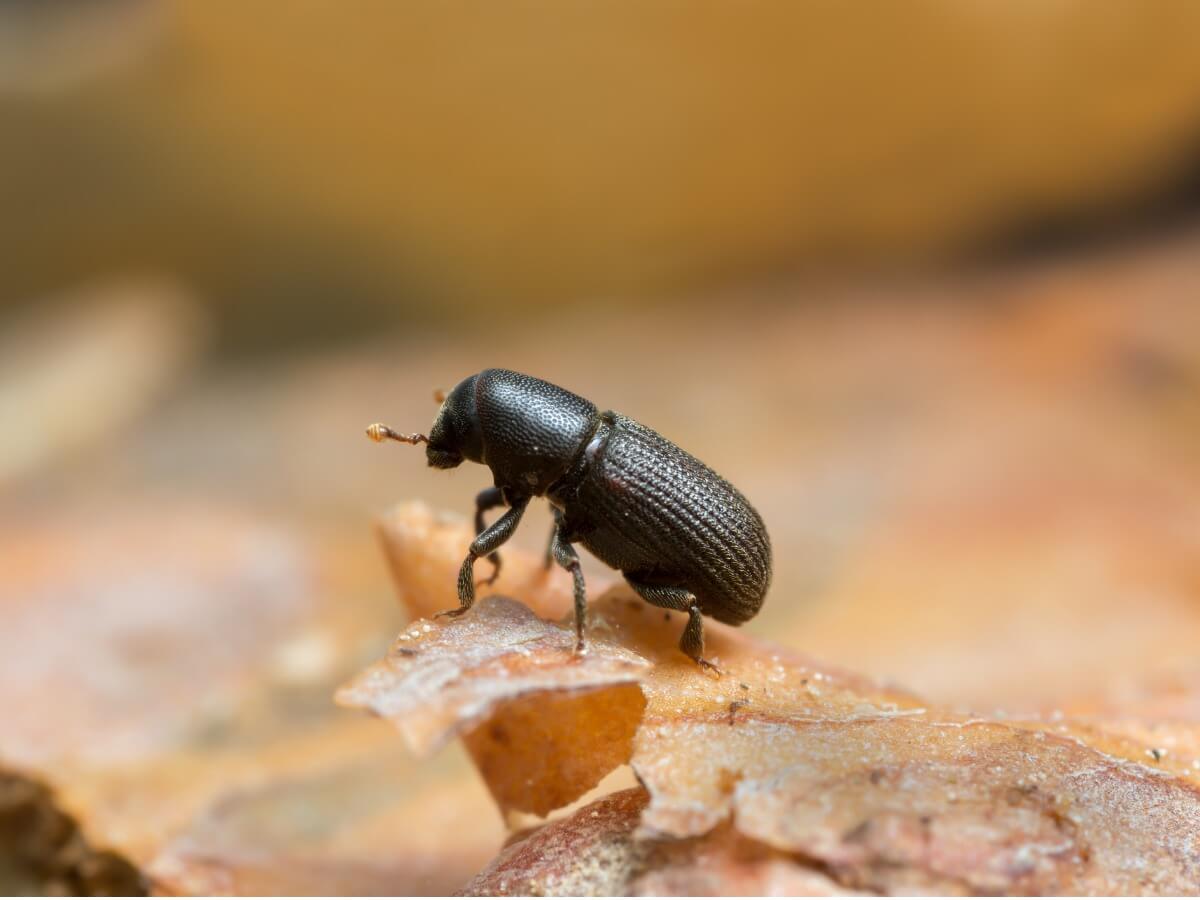
Birds
According to SEO birdlife, birds are a great tool to assess the diversity and integrity of ecosystems globally. This is so because they respond quickly to changes in the food chain or to alterations in their physical environment.
A well-studied example – which has to do with the food chain – is with wetland-related birds. With the food they eat, if it’s found in contaminated areas, then heavy metals and other toxins accumulate in their bodies.
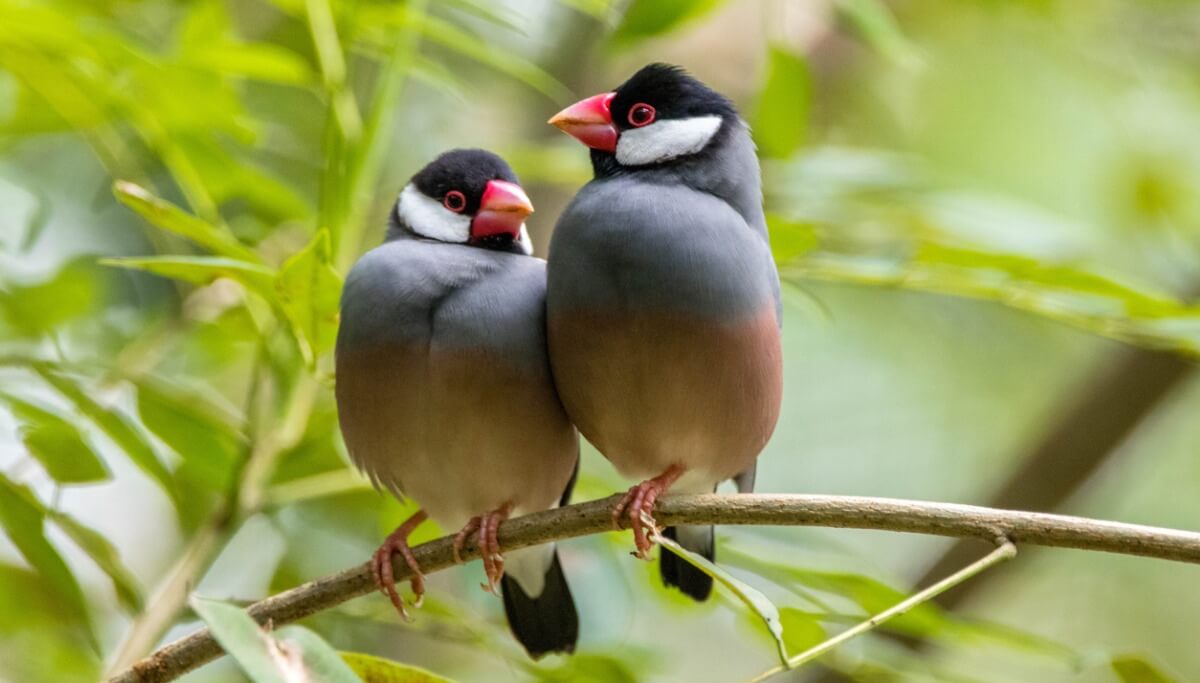
Increasing the understanding and study of bioindicators is essential in order to be able to protect and correct the changes that may occur in ecosystems. These living beings allow us to see more or less quickly and efficiently the degradation of the environment, but also to implement improvements in ecosystems that allow us to conserve the planet.
All cited sources were thoroughly reviewed by our team to ensure their quality, reliability, currency, and validity. The bibliography of this article was considered reliable and of academic or scientific accuracy.
Anze, R., Franken, M., Zaballa, M., Pinto, M. R., Zeballos, G., Cuadros, M. A., … & Del Granado, S. (2007). Bioindicadores en la detección de la contaminación atmosférica en Bolivia. Redesma, 1(1), 5374.
Badii, M. H., Cuevas, R. G., Almanza, V. G., & Flores, J. L. (2005). Los indicadores biológicos en la evaluación de la contaminación por agroquímicos en Ecosistemas acuáticos y asociados. CULCyT: Cultura Científica y Tecnológica, 2(6), 1.
Gerhardt, A. (2002). Bioindicator species and their use in biomonitoring. Environmental monitoring, 1, 77-123.
Uribe-Hernández, R., Juárez-Méndez, C. H., Montes de Oca, M. A., Palacios-Vargas, J. G., Cutz-Pool, L., & Mejía-Recarmier, B. E. (2010). Colémbolos (Hexapoda) como bioindicadores de la calidad de suelos contaminados con hidrocarburos en el sureste de México. Revista mexicana de biodiversidad, 81(1), 153-162.
Herrera, F., & Cuevas, E. (2003). Artrópodos del suelo como bioindicadores de recuperación de sistemas perturbados. Venesuelos, 11(1-2), 67-78.
Valenzuela, V. H., Herrera, T., Gaso, M. I., Silva, E. P., & Quintero, E. (2010). Acumulación de radiactividad en hongos y su relación con roedores en el bosque del centro nuclear de México. Revista Internacional de Contaminación Ambiental, 20(4), 141-146.
Jimeno-Calle, E. (2016, May). El uso ácaros (Arachnida: Acari) como bioindicadores: 8 excusas para utilizarlos. In PROCEEDINGS II CONGRESO LATINOAMERICANO DE ACAROLOGÍA (p. 25).
Romano, L. A. (2016). Bioindicadores de contaminación acuática en peces. Revista AquaTIC, (7).
Barba-Álvarez, R., De la Lanza-Espino, G., Contreras-Ramos, A., & González-Mora, I. (2013). Insectos acuáticos indicadores de calidad del agua en México: casos de estudio, ríos Copalita, Zimatán y Coyula, Oaxaca. Revista mexicana de biodiversidad, 84(1), 381-383.
Ramírez, V. M., Ayala, R., & González, H. D. Abejas como bioindicadores de perturbaciones en los ecosistemas у el ambiente.
Información obtenida en el día 03/07/2021 en la web: https://diario.madrid.es/cieacasadecampo/geckos-los-dragones-de-nuestras-paredes/
Información obtenida en el día 03/07/2021 en la web: https://mountainbeetles.wixsite.com/main
